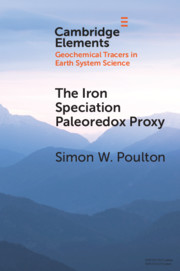Mineral–organic matter (OM) associations play an important role in determining the long-term retention of OM in soils. However, the retention mechanisms of OM in cation–mineral–OM systems remain unclear. Taking into account the dominance of montmorillonite (Mnt) in the soil of the temperate zone, we investigated the stability of humic substances (HSs) in the Fe(III)–Mnt–HS system using thermal analysis. The HS degradation started at ~387°C in the Fe(III)–Mnt–HS system, which was higher than that of the Fe(III)–HS system (290°C). The formed ferrihydrite (Fhy) mainly contributed to the enhanced labile OM retention through adsorption and/or co-precipitation, whereas Mnt inhibited the initial formation and subsequent transformation of Fhy, thus improving the stability of OM. These results suggest that the HS stability in Fe(III)–clay–HS systems depends on the Fe speciation affected by clay minerals, and this finding provides insights into OM–mineral interactions in temperate-zone soils.


